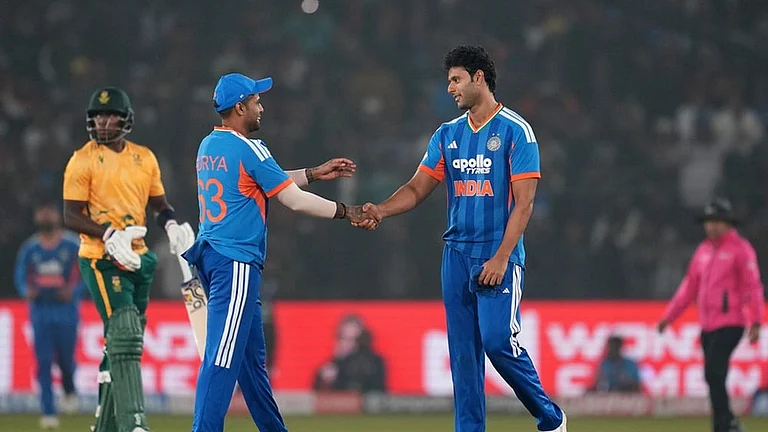Of late, there is a collar-up attitude at Manipal Institute of Technology. The sudden vibrancy at the sleepy university town, known only for Manipal University and its vegetarian food, is because two of its alumni have recently been named for corner offices at global technology giants, putting a giant stamp of quality on its systems. At this point in time, the Satya Nadella-Rajeev Suri effect is writ large here.
Across India’s dotted spectrum of engineering colleges, there is a new-found energy, as mid- to upper-level government and private colleges try to come out of the shadow of the IITs. Suddenly, names of achievers tumble out the cupboard from these colleges, hitherto eclipsed by IIT success stories.
So have the minions become achievers in their own right? Has there been a qualitative change? “Till a few years ago, these colleges did not bother beyond getting the AICTE approval, but now they are making an effort as more aware and demanding students are forcing them to align globally,” says Shekhar Sanyal of the Institution of Engineering and Technology.
Experts agree that unlike earlier, when colleges could beguile you with attractive campaigns, brochures and huge campuses, students today carefully scrutinise crucial inputs like faculty and their experience, facilities and a college’s placement record. This is pushing many also-rans to strengthen their stables. Some academics believe that although many other engineering colleges may be in the same league as the IITs, the latter have been pampered by government largesse for decades, giving them a huge headstart over others still.
Says Sandeep Sancheti, former director at Delhi, Trichy and Surathkal NITS, “Recently, the open mandate given to these colleges by the government to set up their curriculum and courses has helped them improve.” Add to that the funding for research, which now flows even to second-tier colleges, making research an integral part and helping refine their curriculum.
Some experts say that a qualitative gap between the IITs and other colleges is created by the lack of research in the latter. Says M.S. Ananth of the IISC, Bangalore, and former director of IIT Madras, “There is some improvement but there is still a large difference between IITs and the others. This comes from the ambience of research in the IITs. You can admit foreign students, but the environment of research can’t be brought in.”
Two recent developments will ensure a quantum leap in the quality of education in the colleges. First, the 6th Pay Commission requires all professors to be PhDs. Earlier, they could get professorship by applying for one, which some took years to complete. Some did not, resulting in poor faculty quality.
The second development is more defining. Recently, India became a signatory to the Washington Accord, an international accreditation agreement for professional engineering degrees, under which courses and degrees of about 30-40 Indian colleges will be recognised across the 17 signatory countries which includes the US, UK, Singapore, Ireland, Canada and Russia. Other than the IITs, it also has a large number of other tier-II colleges who will have to improve and have their courses and curriculum accredited under the Accord. This will force these second-tier colleges to improve their quality, failing which they will be summarily rejected by students.
Many colleges, like the NITS and Manipal Institute of Technology, have already moved on this path. Manipal has introduced systems like a cross-disciplinary approach, which even the IITs don’t have. It was also rated as the best institution for research outside the government domain. Says G.K. Prabhu, registrar of Manipal Education, “The IITs have a strong industry interface which others lack, but they lack good inter-disciplinary interaction which colleges like ours have. This makes students practical and improves their application skills across disciplines.” The NITS have produced top Indian CEOs like K.V. Kamath and TCS chief N. Chandrasekharan.
Where second-tier colleges have suffered is in the curriculum where the IITs, with their research culture, have included modern developments based on industry needs. Says Rajiv Kaul, CEO of CMS Info Systems, “Interaction between colleges and the private sector is limited, we still follow a rote learning system.... There must be an overhaul of the curriculum in consultation with industry.”
That is where some of the smaller colleges take a lead. Many have tied up with firms to start incubation centres and labs and are aligning with industry to design courses. The results show when firms line up in these campuses, to pick up fresh stock. The following pages will showcase some of the achievers who, despite not having the IIT stamp, have made it big, and continue to inspire others.






















